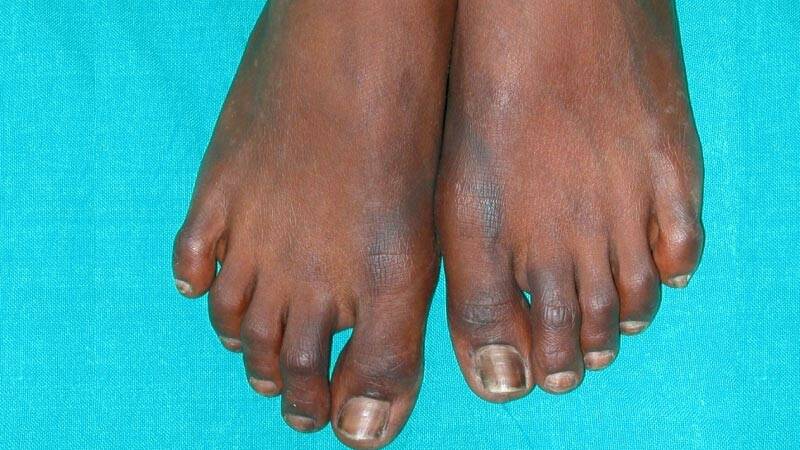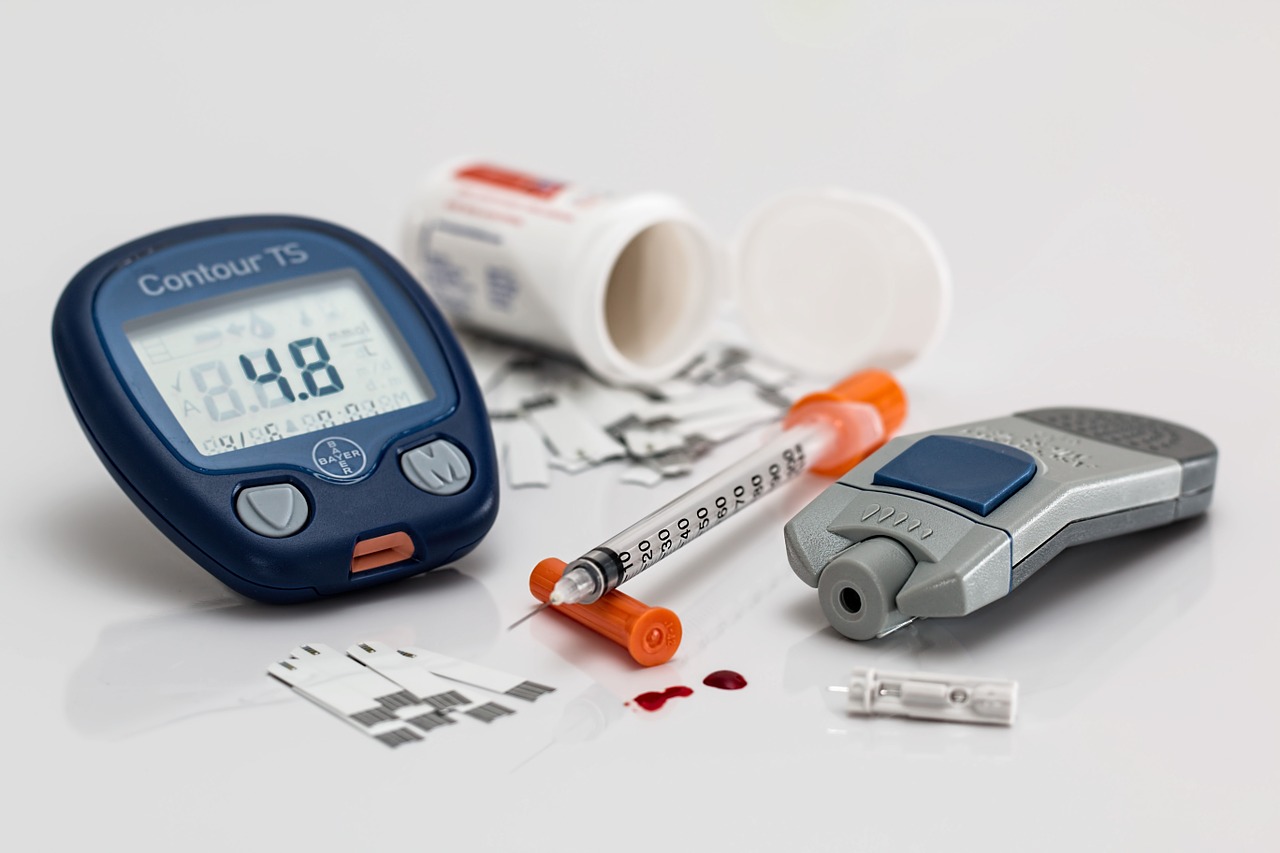- Napier, Catherine; Pearce, Simon H.S. (June 2014). "Current and emerging therapies for Addison's disease". Current Opinion in Endocrinology, Diabetes and Obesity. Philadelphia, Pennsylvania: Lippincott Williams & Wilkins Ltd. 21 (3): 147–53. doi:10.1097/med.0000000000000067. PMID 24755997. S2CID 13732181. Archived from the original on 2019-10-31. Retrieved 2019-10-31.
- Brandão Neto, RA; de Carvalho, JF (2014). "Diagnosis and classification of Addison's disease (autoimmune adrenalitis)". Autoimmunity Reviews. 13 (4–5): 408–11. doi:10.1016/j.autrev.2014.01.025. PMID 24424183.
- ^ Oelkers, W. (2000). "Clinical diagnosis of hyper- and hypocortisolism". Noise & Health. 2 (7): 39–48. ISSN 1463-1741. PMID 12689470.
- "Addison's Disease". NORD (National Organization for Rare Disorders). Retrieved 2020-12-01.
- Adam, Andy (2014). Grainger & Allison's Diagnostic Radiology (6 ed.). Elsevier Health Sciences. p. 1031. ISBN 9780702061288. Archived from the original on 14 March 2016.
- Neufeld, Michel; Maclaren, Noel K.; Blizzard, Robert M. (September 1981). "Two Types of Autoimmune Addisonʼs Disease Associated with Different Polyglandular Autoimmune (PGA) Syndromes". Medicine. 60 (5): 355–362. doi:10.1097/00005792-198109000-00003. ISSN 0025-7974. PMID 7024719. S2CID 20641616.
- Napier, Catherine; Pearce, Simon H.S. (December 2012). "Autoimmune Addison's disease". Presse Médicale. Amsterdam, Netherlands: Elsevier. 41 (12 P 2): e626-35. doi:10.1016/j.lpm.2012.09.010. PMID 23177474. Rajagopalan, Murray Longmore, Ian B. Wilkinson, Supraj R. (2006). Mini Oxford handbook of clinical medicine (6 ed.). Oxford: Oxford University Press. p. 312. ISBN 9780198570714. Archived from the original on 14 March 2016.
- Rose, Noel R.; Mackay, Ian R. (2014). The autoimmune diseases (5 ed.). San Diego, CA: Elsevier Science. p. 605. ISBN 9780123849304. Archived from the original on 14 March 2016.
- Ten S, New M, Maclaren N (2001). "Clinical review 130: Addison's disease 2001". The Journal of Clinical Endocrinology and Metabolism. 86 (7): 2909–2922. doi:10.1210/jcem.86.7.7636. PMID 11443143.
- "Addison's Disease". National Endocrine and Metabolic Diseases Information Service. Archived from the original on 28 October 2007. Retrieved 26 October 2007.
- Freeman, Lynette K.; Chanco Turner, Maria L. (2006). "Addison's disease". Clinics in Dermatology. Amsterdam, Netherlands: Elsevier. 24 (4): 276–280. doi:10.1016/j.clindermatol.2006.04.006. PMID 16828409.
- de Herder WW, van der Lely AJ (May 2003). "Addisonian crisis and relative adrenal failure". Reviews in Endocrine and Metabolic Disorders. 4 (2): 143–7. doi:10.1023/A:1022938019091. PMID 12766542. S2CID 33794590.
- Freeman, Hugh James (2016). "Endocrine manifestations in celiac disease". World Journal of Gastroenterology (Review). Pleasanton, California: Baishideng Publishing Group. 22 (38): 8472–8479. doi:10.3748/wjg.v22.i38.8472. PMC 5064028. PMID 27784959.
- Zhernakova, Alexandra; Withoff, Sebo; Wijmenga, Cisca (2013). "Clinical implications of shared genetics and pathogenesis in autoimmune diseases". Nature Reviews Endocrinology (Review). Berlin, Germany: Springer Nature. 9 (11): 646–59. doi:10.1038/nrendo.2013.161. PMID 23959365. S2CID 28336180.
- Denham, Jolanda M.; Hill, Ivor D. (2013). "Celiac disease and autoimmunity: review and controversies". Current Allergy and Asthma Reports (Review). Berlin, Germany: Springer Science+Business Media. 13 (4): 347–53. doi:10.1007/s11882-013-0352-1. PMC 3725235. PMID 23681421.
- "Autoimmune polyglandular syndrome type 1 | Genetic and Rare Diseases Information Center (GARD) – an NCATS Program". rarediseases.info.nih.gov.
Addisson disease

Photo source: Getty images
Most common symptoms
- Apathy
- Abdominal Pain
- Muscle Pain
- Nausea
- Depression - depressed mood
- Hyperpigmentation
- Bloating - flatulence
- Low blood pressure
- Confusion
- Vomiting
Show more symptoms ᐯ
Treatment for Addison's disease
Show more












